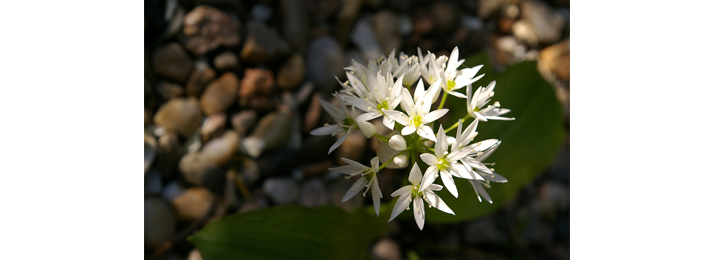In the final part of our series on healthy plants that look good, taste good and do good, we take one last look at how some can be beneficial to you.
Thyme
Thyme has been used throughout Europe for centuries, with some of the earliest known uses being for embalming by ancient Egyptians and incense by ancient Greeks. It is thought that the spread of thyme throughout the continent was due to the Romans. They were known to use the herb to purify rooms and “give an aromatic flavour to cheese and liqueurs.” During the Middle Ages, people would place thyme under their pillows to ward off nightmares, helping them sleep better. Women would also give the leaves to knights and warriors as part of gifts to give them courage.
Thyme is now a common component of the bouquet garni, and of herbes de Provence. This is because it is known to retain its flavour when dried much better than many other herbs.
The essential oils that can be extracted from thyme contain around 20-54% Thymol, an antiseptic which is an active ingredient in a number of mouthwashes and hand sanitisers. A tisane made by infusing the herb in water and can be used to treat coughs and bronchitis.

Watercress
The leafy greens of watercress produce bright white flowers that resemble the shape of a cross. The plant has been cultivated for many years over much of Northern Europe and is one of the oldest known leaf vegetables to be consumed by humans.
All variations of cress (garden, water, rock and pepper) have a spicy tang, which makes them a perfect addition to salads, sandwiches and soups.
As the plant is aquatic, it is important that it is carefully washed prior to consumption.

White Clover
Also known as Dutch Clover, this plant is found almost everywhere. Part of the bean family, they can be found sprouting in grass, thanks to their trifoil leaves and white flowers.
Apart from making an excellent forage crop for livestock, clovers are also a valuable survival food because they are high in protein. However, the plant is not easy for humans to digest raw, but to overcome this barrier they can be boiled for around 5-10 minutes. The dried flower heads and seed pods can be ground up into a nutritious flour and mixed with other foods such as rice or even steeped into a herbal tea.

Wild Garlic
Wild Garlic is a herbal treat that can be found in fields, pastures, forests and disturbed soil. It has a similar resemblance to garlic or spring onions, but the shoots are often very thin. It is a great addition to sandwiches, salads and pesto dishes.


